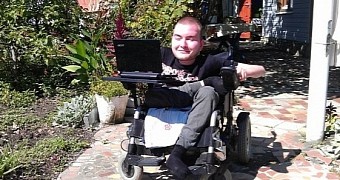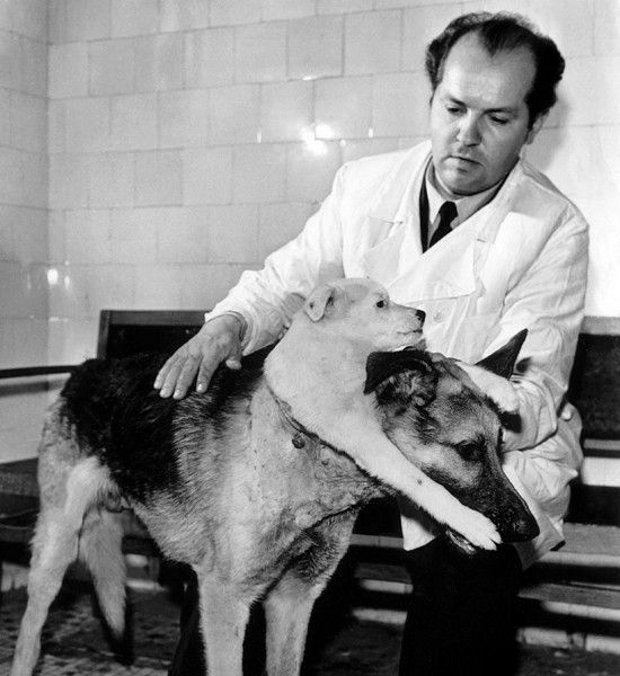30-year-old Valery Spiridonov, a computer scientist living in the city of Vladimir in Russia, some 120 miles (about 190 kilometers) east of Moscow, hopes to soon become the first person ever to undergo a full head transplant.
That's right, this man intends to let a team of surgeons chop off his head and try to attach it to another body. The team is to be led by one Dr. Sergio Canavero.
Back in 2013, this Italian neuroscientist announced to the world that, courtesy of medical advances, full head transplants were no longer the stuff of horror novels. Instead, the researcher referred to them as a feasible enterprise.
“The greatest technical hurdle to cephalosomatic linkage [head transplant] is of course the reconnection of the donor’s and recipients spinal cords. It is my contention that the technology only now exists for such linkage,” he said.
How the surgery would play out
When he first spoke of full head transplants, Dr. Sergio Canavero explained that the first step to such a procedure would be to use a sharp blade to cut off the patient's head in one clean cut.
The head would then have to be drained of blood. To connect the severed head to a brand new body, the University of Turin neuroscientist proposed the use of a special glue designed to make cells and tissues adhere to each other.
To boost the chances that the intervention would prove successful, the researcher recommended that, before the actual surgical procedure, the donor and the patient be cooled to precisely 18 degrees Celsius (64.4 degrees Fahrenheit).
According to Sergio Canavero, a full head transplant would come with a price tag of about ₤7.5 million (€10.3 million / $11.6 million), and would require a team of 100 surgeons working for 36 hours straight to complete.
Why Valery Spiridonov volunteered
The 30-year-old computer scientist, pictured next to this article, suffers from a genetic disease known to medical experts as Werdnig-Hoffman. This condition causes progressive muscular weakness and will eventually kill him.
Valery Spiridonov says that, since his disease is incurable, he might as well try and survive it by letting Dr. Sergio Canavero turn him into the world's first full head transplant surgery patient.
“You have to understand that I don't really have many choices. If I don't try this chance my fate will be very sad. With every year my state is getting worse,” he said in an interview, as cited by DM.
The man and the neuroscientist have not yet had the chance to meet in person. So far, they've only talked via Skype a few times. Still, Valery Spiridonov hopes that Sergio Canavero will operate on him as early as next year.
Experts are skeptic about the procedure
Dr. Sergio Canavero might be convinced that he can cut off people's heads and attach them to brand new bodies, but pretty much all other medical experts trained in the wonders of surgery are skeptic about the procedure.
In fact, their distrust of the Italian neuroscientist and his mastery at putting foreign heads and bodies together runs so deep that some are not in the least shy about referring to Sergio Canavero as a Dr. Frankenstein of sorts.
Specialists explain that reattaching blood vessels and the spinal cord is by no means as easy as the University of Turin neuroscientist would have people believe, even with 100 surgeons working hours on end to achieve this goal.
Even if by some miracle Valery Spiridonov - better said, Valery Spiridonov's head - survives the intervention, the chances that his mental faculties will remain intact and that he will manage to control his new body are slim to none.
And yet it's been done before, sort of
In 1954, a Soviet scientist by the name of Vladimir Demikhov introduced the world to a dog with two heads and six legs. How he created his dog will probably give you insomnia for about, say, the rest of your life.
Long story short, Vladimir Demikhov took a puppy, removed its head, its shoulders and its front legs, and then grafted them on the back of a German shepherd. Seriously. Check out the photo below to see for yourselves.
The puppy survived this intervention and kept responding to stimuli. It would even drink milk if offered some. The trouble is that, since it was missing about half its body, the milk would go down its throat and onto the floor.
Not at all surprisingly, this hybrid pooch did not live for long. Even so, Vladimir Denikhov spent the next 15 years creating another 19 such monstrosities. His goal was to pave the way for human heart and lung transplants.

 14 DAY TRIAL //
14 DAY TRIAL // 

